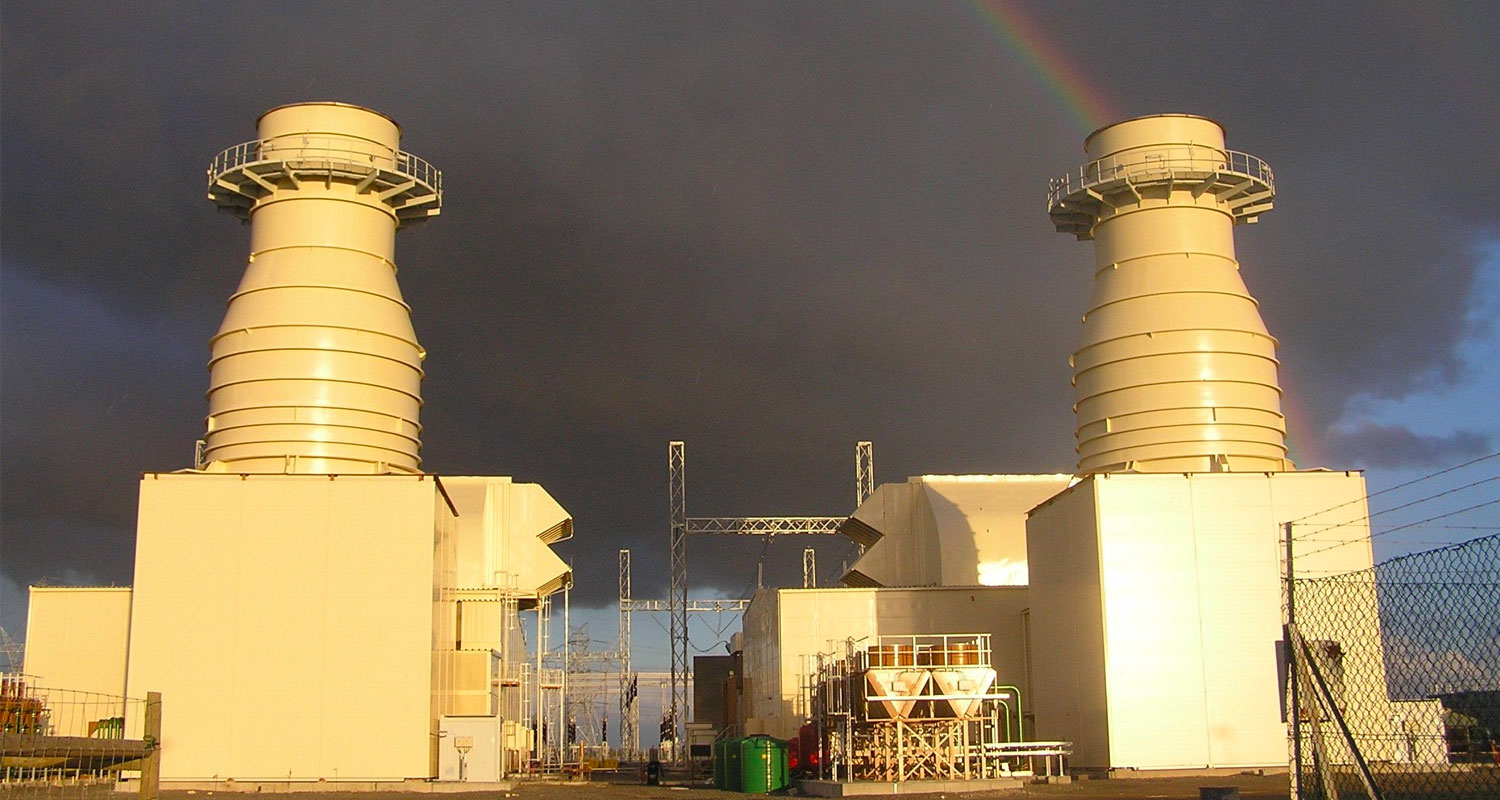
Eskom’s costs to run its diesel-powered units more than doubled as its fleet of coal-fired plants experienced frequent breakdowns.
The state-owned company paid R21.4-billion in the 12 months to March 2023, compared to R10-billion/year before to operate the open-cycle gas turbines intended to run during peak-demand periods, national treasury said in a presentation to MPs. The difference in the amount was partly due to higher-than-budgeted volumes and higher prices, it said.
The performance of Eskom’s fleet of mostly coal-fired stations has deteriorated, resulting in record blackouts that the central bank estimates will shave two percentage points off economic growth this year. The government had declared it a national crisis and implemented unprecedented measures with few results. The rand has slumped almost 14% against the dollar this year, in part because of the crisis.
Read: Reserve Bank developing contingency plan in case of Eskom grid collapse
Eskom’s energy availability factor, a measure of usable capacity, dropped to 56% during the financial year, mainly due to unplanned outages. That was down from 62% the previous year, the presentation showed. The utility’s finances are also in a worse state, with the loss before tax almost doubling to R21.2-billion from R11.9-billion/year earlier.
Gross debt securities and borrowings rose 11% to R439-billion in the year to March. — Reported with Colleen Goko, (c) 2023 Bloomberg LP




